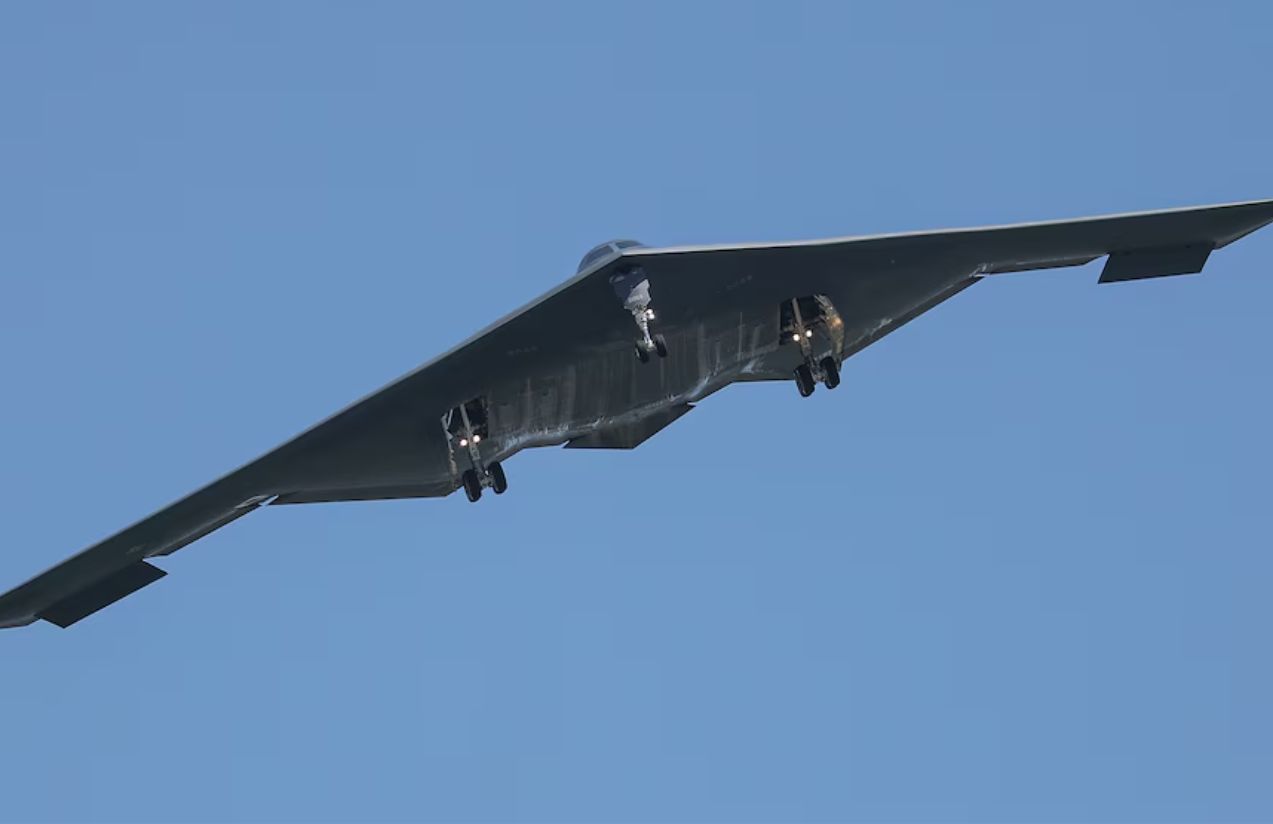On Sunday, June 22, 2025, the U.S. Air Force’s B-2 Spirit stealth bombers returned to Whiteman Air Force Base in Missouri after carrying out airstrikes on key nuclear sites in Iran. Footage of the aircraft landing was shared by the White House on its official X account, showing the first group of four bombers circling the runway before making their approach. Minutes later, a second group of three B-2s followed for final landing procedures.
Whiteman Air Force Base, located about 117 kilometers southeast of Kansas City, is home to the 509th Bomb Wing, the only U.S. military unit that operates the B-2 Spirit, a long-range stealth bomber capable of evading radar detection.
The mission was part of Operation Midnight Hammer, a nighttime strike launched in the early hours of Sunday (Iran local time) targeting three critical locations in Iran’s nuclear program: Fordow, Natanz, and Isfahan. President Donald Trump confirmed the operation on his Truth Social account, stating the objective was to neutralize underground uranium storage and processing facilities.
Trump publicly praised the crews upon their return, calling the operation a “monumental” success and applauding its precision. “Thank you for a job well done,” he wrote, adding, “The impacts were strong and precise. Our military showed great skill.”
According to General Dan Caine, Chairman of the Joint Chiefs of Staff, seven B-2 Spirits departed from the central United States toward their designated targets in Iran, each carrying two GBU-57 Massive Ordnance Penetrators (MOP), specialized bombs designed to destroy heavily fortified underground facilities. A total of 14 MOPs were dropped on the Fordow and Natanz complexes during the roughly 25-minute raid. Meanwhile, Tomahawk missiles launched from a U.S. submarine were aimed at the facility in Isfahan.
Simultaneously, another group of B-2 bombers flew westward over the Pacific in a diversionary maneuver intended to confuse Iranian radar systems. Pentagon officials stated that more than 125 U.S. aircraft took part in various roles during the operation, including escort fighters, aerial refueling tankers, and electronic surveillance platforms. Over 75 precision-guided weapons were deployed, making it the largest B-2 Spirit combat mission in U.S. military history.
Satellite imagery captured the day after the strikes revealed the extent of the damage. Photos provided by Maxar Technologies showed large craters atop the mountain housing the underground Fordow complex, along with visible destruction at facilities in Natanz and Isfahan, including the fuel enrichment plant.
In response, the Iranian government denied that significant damage had been inflicted on its nuclear infrastructure and warned it reserves the right to retaliate. Officials from the regime said they would conduct their own assessments at the targeted sites before releasing a formal report. Meanwhile, the Islamic Republic condemned the operation as an act of aggression and vowed to respond accordingly.

